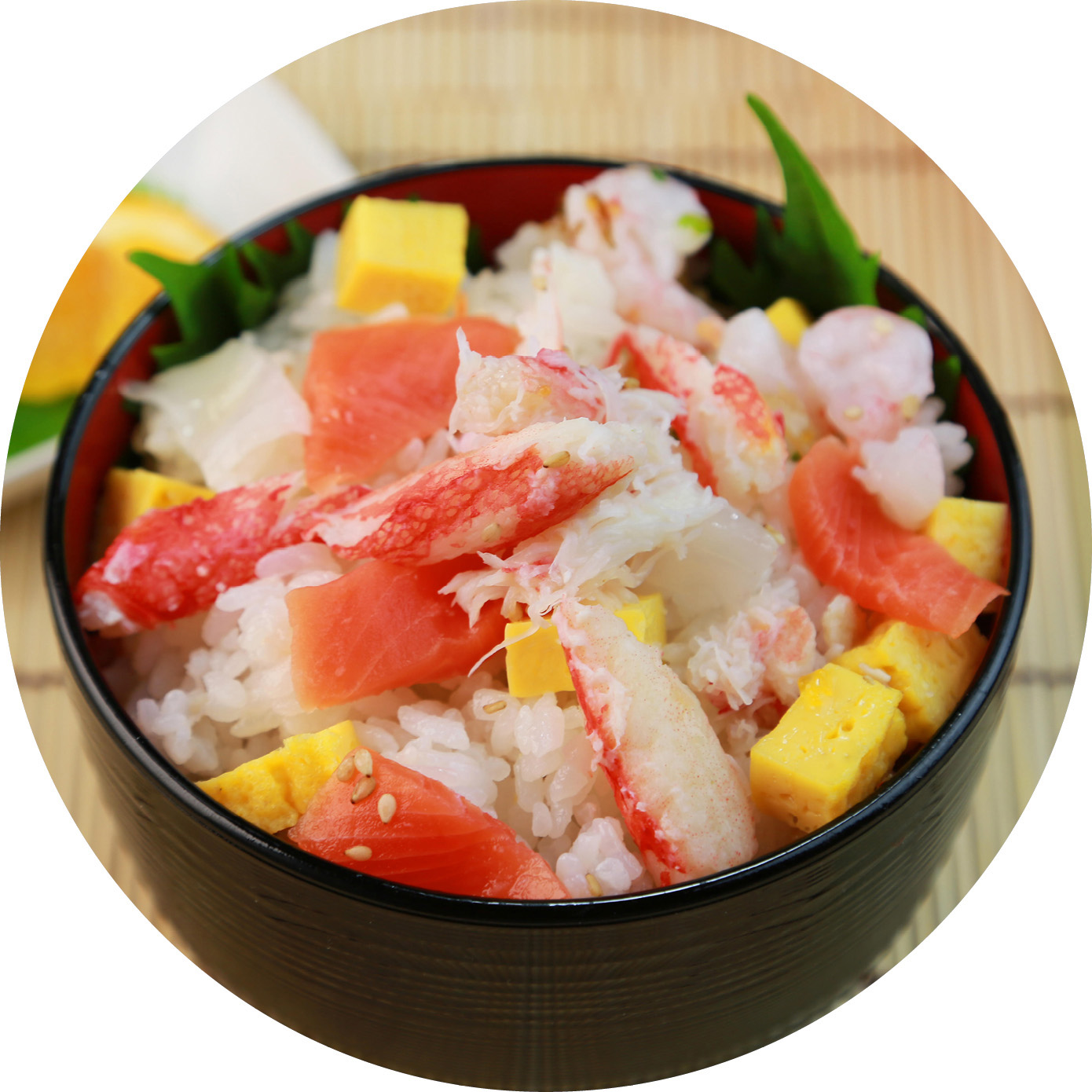The largest market of its kind in the world and the beating heart of Japan’s gastronomic culture, the Toyosu fish market turns over some 1,200 tons of seafood every single day. Most visitors come here not to buy fish, but to soak up vibrant market life and to eat the freshest sushi.

t Bustling stalls laden with fresh fish in the Toyosu Fish Market
Experience Beyond the Center

t As well as fish, Toyosu’s traders sell fruit and vegetables, such as wasabi, in a designated area.
After years of delays, this state-of-the-art fish market opened in 2018 in Toyosu, just 1 mile (2 km) away from the previous site at Tsukiji. Sleeker and less chaotic than its predecessor, Toyosu’s purpose-designed layout eliminates previous tensions between tourists and market traders. Head to the observation deck to watch the daily tuna auction below (book in advance). This takes place from 4:30am, and lasts up to an hour, with huge fish laid out in long rows for buyers. While visitors are not able to purchase directly from the market, many sushi vendors that plied their trade in the shadow of the old Tsukiji market have also made the move over to Toyosu, providing hungry visitors with some of the freshest sushi imaginable.
Tuna Fish Supplies
Toyosu specializes in maguro (tuna) from as far away as New Zealand and the North Atlantic. The Japanese consume about 30 per cent of the annual global 1.7 million-ton tuna catch, and eat 80 per cent of tuna raw, as sashimi, which requires the best cuts of fish. The Pacific Ocean’s South Blue Fin tuna – a favorite for sashimi – is declining steadily in spite of efforts to manage numbers. The Japanese fishing industry has come under a great deal of scrutiny, with other governments exerting pressure on Japan to keep an eye on its activities.
Did You Know?
The tuna auction area is cooled down to almost 32° F (0° C) – bring a sweater!
Experience Beyond the Center
SUSHI AND SASHIMI

t A skilled chef preparing different kinds of sushi at a restaurant in Tokyo
Newcomers to Japan are often both fascinated and intimidated by these ubiquitous dishes. While sashimi denotes sliced fillets of raw fish served without rice, there are several different types of sushi (usually written with the suffix “-zushi”) in which cold, lightly sweetened, and vinegared rice is topped or wrapped up with raw fish or other items, such as pickles or cooked meat.
NIGIRI-ZUSHI

Thin slices of raw fish are laid over molded fingers of rice with a thin layer of wasabi in between. Dip it in soy sauce, and consume in one mouthful.
CHIRASHI-ZUSHI

The “scattered” style involves a colorful combination of toppings, including fish, chunks of omelet, and vegetables, artfully arranged on a deep bed of cold rice.
MAKI-ZUSHI

“Rolled” sushi is very familiar outside Japan. Rice is combined with slivers of fish and other morsels, and rolled up in a sheet of toasted seaweed (nori).
SASHIMI

Sliced fillets of the freshest uncooked fish may be served alone. Sashimi is delicate and creamy, and the only accompaniments should be soy sauce, wasabi, daikon, and maybe a shiso leaf.
Experience Beyond the Center
Popular Fish in Japan

Of the 3,000 or so varieties of seafood eaten in Japan, the most common are maguro (tuna), tai (sea bream), buri (yellowtail), saba (mackerel), sake (salmon), tara (cod), and crustaceans such as ebi (shrimp) and kani (crab). You’ll find these fish on menus and in market stalls all year round, but some fish are seasonal treats. In spring, there’s ayu (sweet-fish), a river fish traditionally caught by trained cormorants. Katsuo (skipjack tuna) is best in spring and summer, unagi (eel) in midsummer, and sanma (saury) in the fall. Winter is the time for dojo (loach), anko (angler fish), and fugu (blowfish), prized for its delicate flavor but also feared for deadly toxins in its liver and ovaries.
